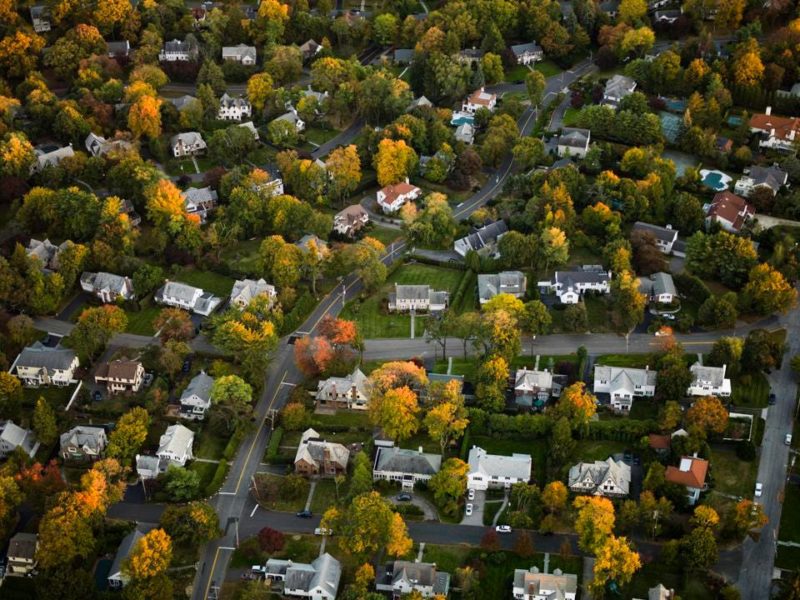Mortgage demand for home purchases slowed to the lowest level in nearly 20 years as aspiring buyers find themselves priced out.
Home buyers can’t seem to catch a break in a challenging real estate market plagued by low inventory, high home prices and rising mortgage rates. This week, buyers were dealt another blow as mortgage rates surged to 7.49%, further pressing on their budgets. “Several factors, including shifts in inflation, the job market and uncertainty around the Federal Reserve’s next move, are contributing to the highest mortgage rates in a generation,” says Sam Khater, Freddie Mac’s chief economist. “Unsurprisingly, this is pulling back homebuyer demand.”
Indeed, overall mortgage demand dropped last week to its lowest level since 1996 “as the rapid rise in rates pushed an increasing number of potential home buyers out of the market,” says Joel Kan, MBA’s deputy chief economist. Home buyers frantic to find relief from higher borrowing costs are reaching for adjustable-rate mortgages, which tend to have lower introductory rates before resetting after five or 10 years. ARMs comprised 8% of purchase applications last week, up from 6.7% a month earlier when interest rates were lower, MBA reports.
Mortgage Denials are Growing
Meanwhile, more aspiring home buyers also are having a difficult time getting approved for a mortgage. Lenders last year denied loan applications due to “insufficient income” more often than at any other point since such records began in 2018, a report from the Consumer Financial Protection Bureau shows. About 9% of home purchase applications among all borrowers were denied in 2022. Insufficient income represented more than 50% of the denials among Asian Americans, 45% among Blacks and Hispanics and 40% among Whites.
Higher home prices and mortgage rates are to blame for the increase in income-based mortgage denials, Tedd Rossman, a Bankrate senior industry analyst, recently told CNBC. Higher rates mean larger monthly mortgage payments, which “could put you in the category of having insufficient income,” Rossman says.
At this week’s 7.49% average on a 30-year fixed-rate mortgage, home buyers could face a monthly mortgage payment of $2,275 on a median-priced existing home of $407,100, says Jessica Lautz, deputy chief economist at the National Association of REALTORS®. “As mortgage interest rates continue to sit at a 23-year high, it is striking to consider a home buyer who purchased in January 2021, when rates were 2.65%,” she says.
A buyer who purchased at $400,000 in 2021 would pay $1,289 a month for a mortgage compared to a buyer purchasing today, who would pay nearly $1,000 more per month, Lautz says. That type of difference in costs could be used to pay for utilities, food, commuting expenses, student debt payments and many households expenses. “It’s hard to imagine a seller making a move today unless they had a compelling reason to, such as a new, significantly higher-paying job across the country, a divorce or death, or paying in cash for their next home,” Lautz says. “For all other households, carpools and remodeling may be the alternative solutions.”
Freddie Mac reports the following national average with mortgage rates for the week ending Oct. 5:
- 30-year fixed-rate mortgages: averaged 7.49%, rising from last week’s 7.31% average. Last year at this time, 30-year rates averaged 6.66%.
- 15-year fixed-rate mortgages: averaged 6.78%, increasing from last week’s 6.72% average. A year ago, 15-year rates averaged 5.9%.
Source: nar.realtor













